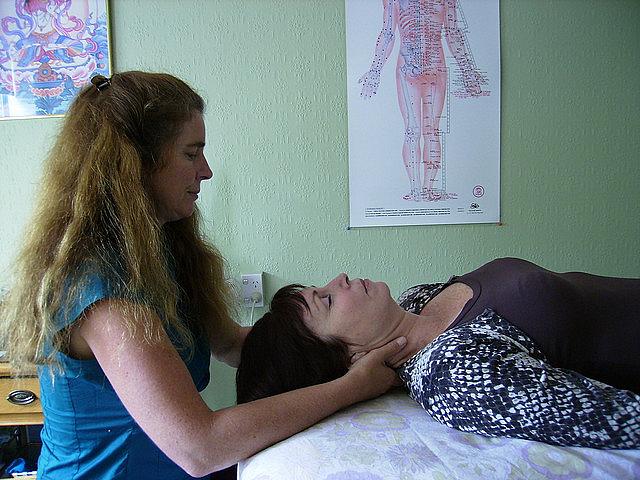Everybody Hurts: Why Pain Statistics Should Give You a Headache

Numerous articles in peer-reviewed journals about pain as well as media coverage of pain begin with the premise that far more people suffer from pain than are adequately treated for it. This broad trend may be true, but the specific numbers sometimes used to justify this assertion merit more scrutiny.
You may have read that 75 million Americans suffer from chronic pain. Or 100 million Americans. Or 150 million. You may also have read that only a small fraction of that massive number receive pain treatment.
The St. Petersburg Times wrote that “between 40-million and 80-million Americans suffer chronic pain, and many do not receive enough treatment.”
The Washington Times wrote recently about “the approximately 75 million Americans who suffer from acute and chronic pain.”
The Tampa Bay Times reported that “more than 100 million American adults live with chronic pain, translating to more than 5.5 million people in Florida. These are our neighbors who can't mow their lawn anymore; our co-workers who show up to work but miss deadlines and important meetings; our relatives who opt out of family events.”
How do we know that tens of millions of people are in chronic pain and can’t get treatment?
Pain is subjective, which makes it much harder to measure than other conditions. You can give one blood sample and both you and your doctor will know that you have been infected with syphilis, hepatitis C or West Nile virus. You cannot take a blood test to find out if you suffer from chronic pain.
For example, trends in HIV infections, AIDS cases and AIDS-related deaths in the U.S. have been documented through blood tests. Most states report cases of HIV to the U.S. Centers for Disease Control and Prevention, which then uses that data to make estimates for the whole country.
Then there are the conditions that can be measured in other ways. We all have seen stories about the supersizing of everything from movie theater seats to ambulance stretchers to coffins because of America’s obesity rates. But the basic trends in obesity are far from anecdotal. They can be found in regular and consistent surveys that both ask a broad and representative sample of people about their weight and actually take weight measurements for sub-samples of the population.
When you look at where pain statistics originate, though, you see sources being cited that are all over the map in terms of scientific scope and rigor. The studies can be from time periods decades apart. They can be based on surveys that were done once in a very specific population in one geographic area. And the individual surveys ask very different questions about the type, duration and degree of pain that are then bound up together to draw the same conclusion: a stunning number of people suffer from pain that prevents them from living normal lives.
Then health writers too often echo that same conclusion. And the answer to that conclusion has been too simplistic: we need more opioid painkillers.
Deaths from prescription drug overdose are something that can be documented, and they are on the rise. The Centers for Disease Control and Prevention reported in January 2012:
Prescription drug abuse is the fastest growing drug problem in the United States. The increase in unintentional drug overdose death rates in recent years has been driven by increased use of a class of prescription drugs called opioid analgesics. Since 2003, more overdose deaths have involved opioid analgesics than heroin and cocaine combined. In addition, for every unintentional overdose death related to an opioid analgesic, nine persons are admitted for substance abuse treatment, 35 visit emergency departments, 161 report drug abuse or dependence, and 461 report nonmedical uses of opioid analgesics.
By repeating the estimates for the number of people suffering from chronic pain and allowing these pain estimates to go unchallenged, health writers become part of the drum beat for shifting resources and changing policies in a way that drums up more business for painkiller makers, feeds the growing prescription drug abuse problem and does little for the people who actually suffer from chronic pain.
I know that ferreting out the source for every scientific fact can be tough. So over a few posts, I will attempt to track down one pain prevalence citation in one journal article.
Image by Wonderlane via Flickr
